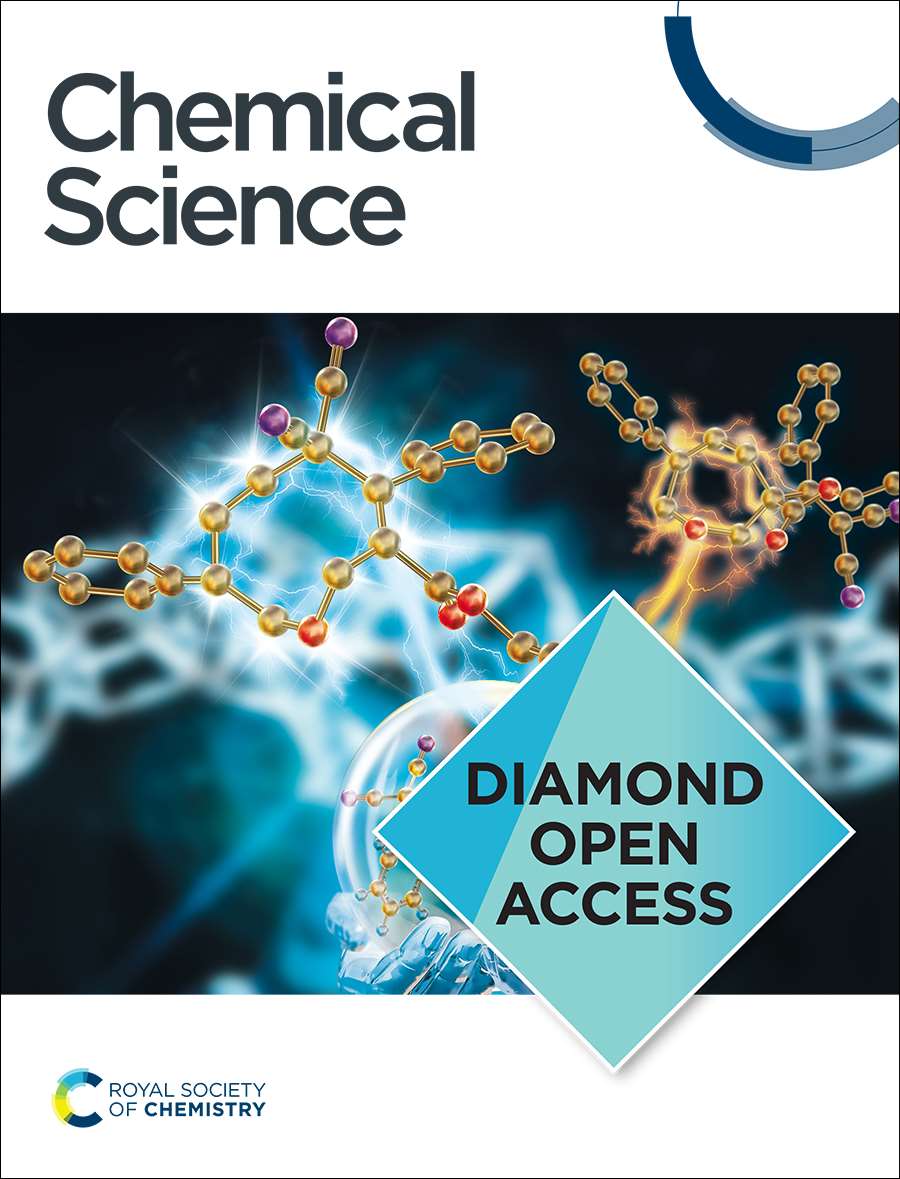Intrinsic Mechanical Properties of Two-Dimensional Covalent Organic Frameworks
IF 7.6
1区 化学
Q1 CHEMISTRY, MULTIDISCIPLINARY
引用次数: 0
Abstract
Understanding the mechanical properties of two-dimensional covalent organic frameworks (2D COFs) is critical to their design for flexible devices, energy storage and catalysis applications. To date, only a limited number of 2D COFs have been examined, leaving the material design principles largely undefined. Furthermore, the measured results are often complicated by various extrinsic factors, causing difficulties in deciphering the underlying relationships. Here, we establish rules governing the intrinsic mechanical properties of 2D COFs based on molecular simulations of 86 structures under uniaxial tensile stress. Interestingly, we found that the mechanical properties of these nanoscale structures can be comprehended through principles traditionally applied to macroscopic objects. This enables quantitatively predicting the mechanical properties of 2D COFs based on their chemical linkage, topology, and pore dimensions, thereby facilitating material design. Counterintuitively, integrating rigid molecular groups into a 2D framework can potentially compromise overall mechanical strength by inducing imbalanced local strain. These findings pave the way for designing robust 2D COFs for diverse applications and serve as a solid foundation for fully unraveling the roles of various extrinsic factors in the future.二维共价有机骨架的内在力学性能
了解二维共价有机框架(2D COFs)的力学性质对于其柔性器件、储能和催化应用的设计至关重要。迄今为止,只研究了有限数量的2D COFs,使得材料设计原则在很大程度上没有定义。此外,测量结果往往被各种外在因素复杂化,导致难以破译潜在的关系。本文通过对86种结构在单轴拉伸应力作用下的分子模拟,建立了二维COFs的内在力学性能规律。有趣的是,我们发现这些纳米级结构的力学性能可以通过传统上应用于宏观物体的原理来理解。这可以根据化学连接、拓扑结构和孔隙尺寸定量预测2D COFs的力学性能,从而促进材料设计。与直觉相反,将刚性分子群整合到二维框架中可能会通过诱导不平衡的局部应变而潜在地损害整体机械强度。这些发现为设计用于各种应用的健壮的2D COFs铺平了道路,并为未来充分揭示各种外部因素的作用奠定了坚实的基础。
本文章由计算机程序翻译,如有差异,请以英文原文为准。
求助全文
约1分钟内获得全文
求助全文
来源期刊

Chemical Science
CHEMISTRY, MULTIDISCIPLINARY-
CiteScore
14.40
自引率
4.80%
发文量
1352
审稿时长
2.1 months
期刊介绍:
Chemical Science is a journal that encompasses various disciplines within the chemical sciences. Its scope includes publishing ground-breaking research with significant implications for its respective field, as well as appealing to a wider audience in related areas. To be considered for publication, articles must showcase innovative and original advances in their field of study and be presented in a manner that is understandable to scientists from diverse backgrounds. However, the journal generally does not publish highly specialized research.
 求助内容:
求助内容: 应助结果提醒方式:
应助结果提醒方式:


